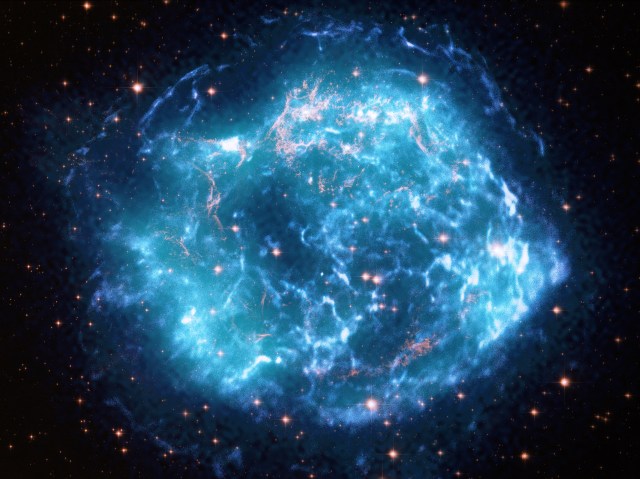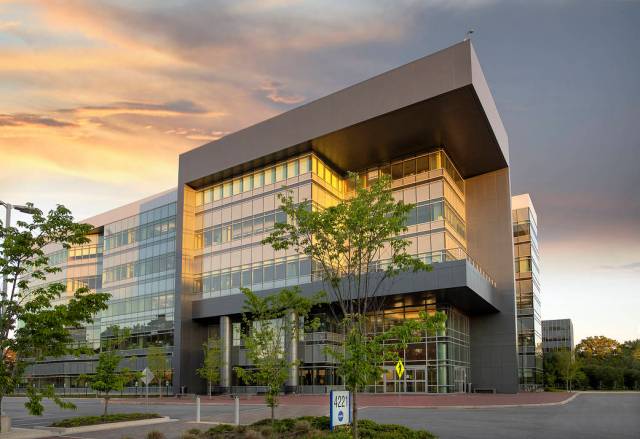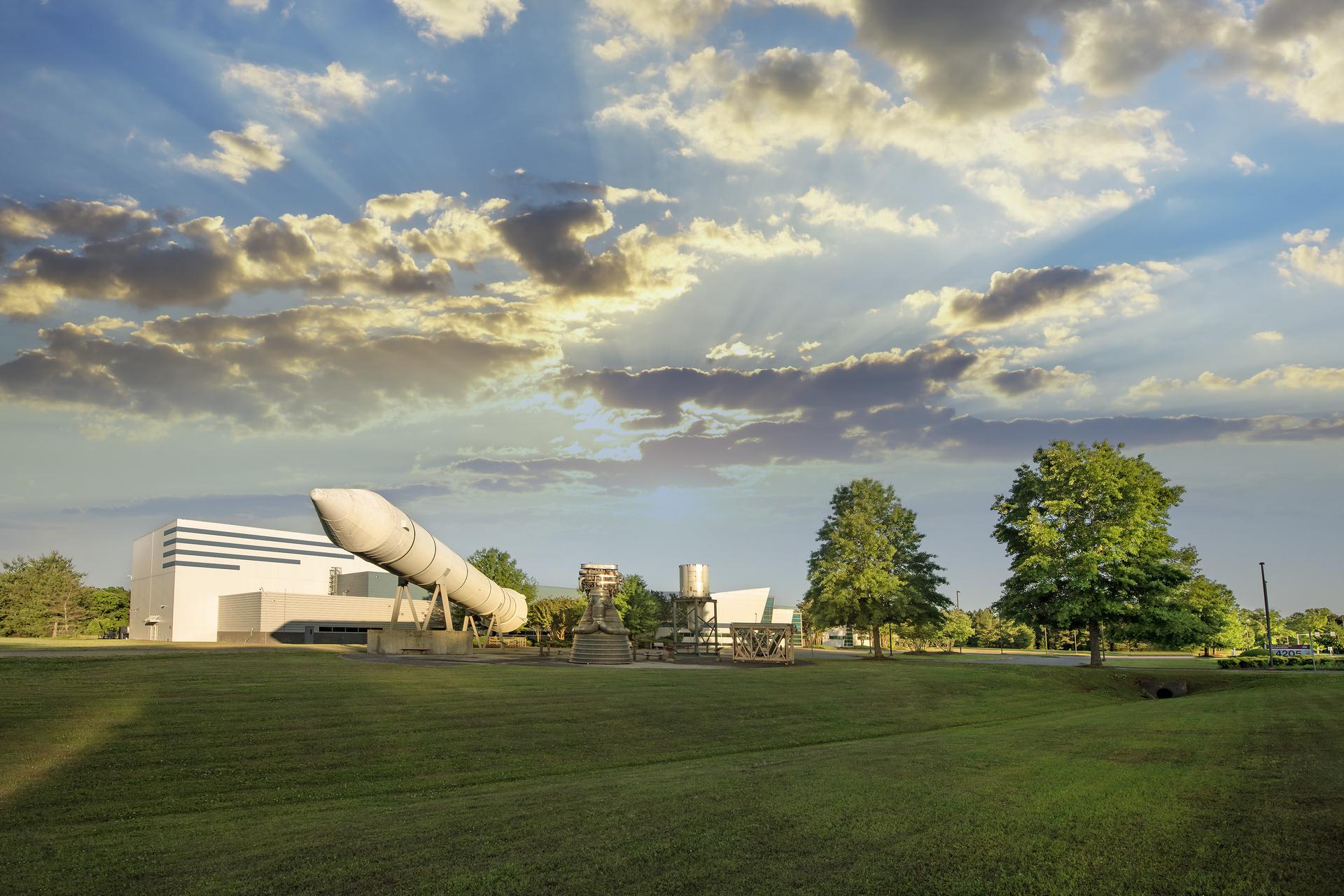Marshall Science
Marshall Space Flight Center advances ground-breaking scientific discoveries that improve our understanding of Earth, the solar system, and the universe, while enabling the next generation of human exploration missions through developmental research.
Encyclopedia
Updated Jul 10, 2023

Composite images of the Cas A supernova remnant, a structure resulting from the explosion of a star in the Cassiopeia constellation. The blues represent data from the Chandra Observatory, the turquoise is from NASA's Imaging X-ray Polarimetry Explorer (called IXPE), and the gold is courtesy of the Hubble Telescope.
X-ray: Chandra: NASA/CXC/SAO, IXPE: NASA/MSFC/J. Vink et al.; Optical: NASA/STScI
Contents
Overview
Astrophysics
- A leader in in high energy astrophysics with an emphasis on X-ray and Gamma-ray space flight missions to include advancing lightweight, high-resolution X-ray optics.
- Researching gravitational waves & their electromagnetic counterparts through multi-messenger & multi-wavelength astrophysics.
- Developing instrumentation and mirror system technologies, including normal incidence/ultraviolet, optical, and infrared (UVOIR).
Heliophysics and Space Weather
- Advancing understanding of the interconnected Earth-Sun system to provide knowledge and predictive capabilities essential to future use and exploration of space and protection of infrastructure, such as electric power transmission grids and GPS systems on Earth.
- Space weather experts model data for planned missions to reduce risk and ensure future spacecraft are well prepared to withstand space environments.
- Unique expertise in space weather and solar physics includes instrumentation development, sounding rocket flight, and research focusing on energy transfer across physical scales throughout the solar atmosphere, specifically investigating processes converting magnetic energy into heat, particle acceleration, and dynamic plasma motions.
Lunar and Planetary Science
- Research on the origin, composition, and evolution of terrestrial planetary bodies, focusing on geological and geophysical mapping and models, instrumentation development, and observations conducted in the field, laboratory, and via analysis of remotely sensed data from space-based missions.
Earth Science
- Integrating space-borne observations, data, and models to advance understanding of the Earth’s weather and its energy and water cycles and develop solutions to challenging coupled Earth-atmosphere systems problems.
- Providing integrated scientific understanding of the Earth that enables policy makers, government agencies and other stakeholders to make more informed decisions on critical issues that occur all around the world.
Data Science
- Integrating AI and machine learning with Earth observation network to produce accurate models and simulations.
- Providing research to operations products for researchers, forecasters, and the public, enabling real-time decision support for the benefit of all on earth.
- Using the vantage point of space to increase our understanding of our home planet, improve lives, and safeguard our future.
Science & Exploration Integration
- Providing knowledge required to reduce risk, increase effectiveness, and improve the design of robotic and human space exploration missions.
- Earth Science – understanding our home planet and its diverse physical processes; using NASA data to help to protect our planet and increase knowledge and understanding for space exploration.
- Heliophysics – understanding the drivers for space weather helps us protect our exploration assets in cislunar space and beyond.
- Astrophysics – understanding the space radiation environment and sources of high energy particles helps us protects astronauts.
- Planetary – understanding the surface and atmospheric environments as well as the material properties on destinations for robotic and human exploration/ISRU.
- Biological & Physical Science – making use of the spaceflight environment to study scientific phenomena in ways that cannot be done on Earth.
Do Business with Us
Manager, Partnerships & Formulation Office
256.544.9289





























